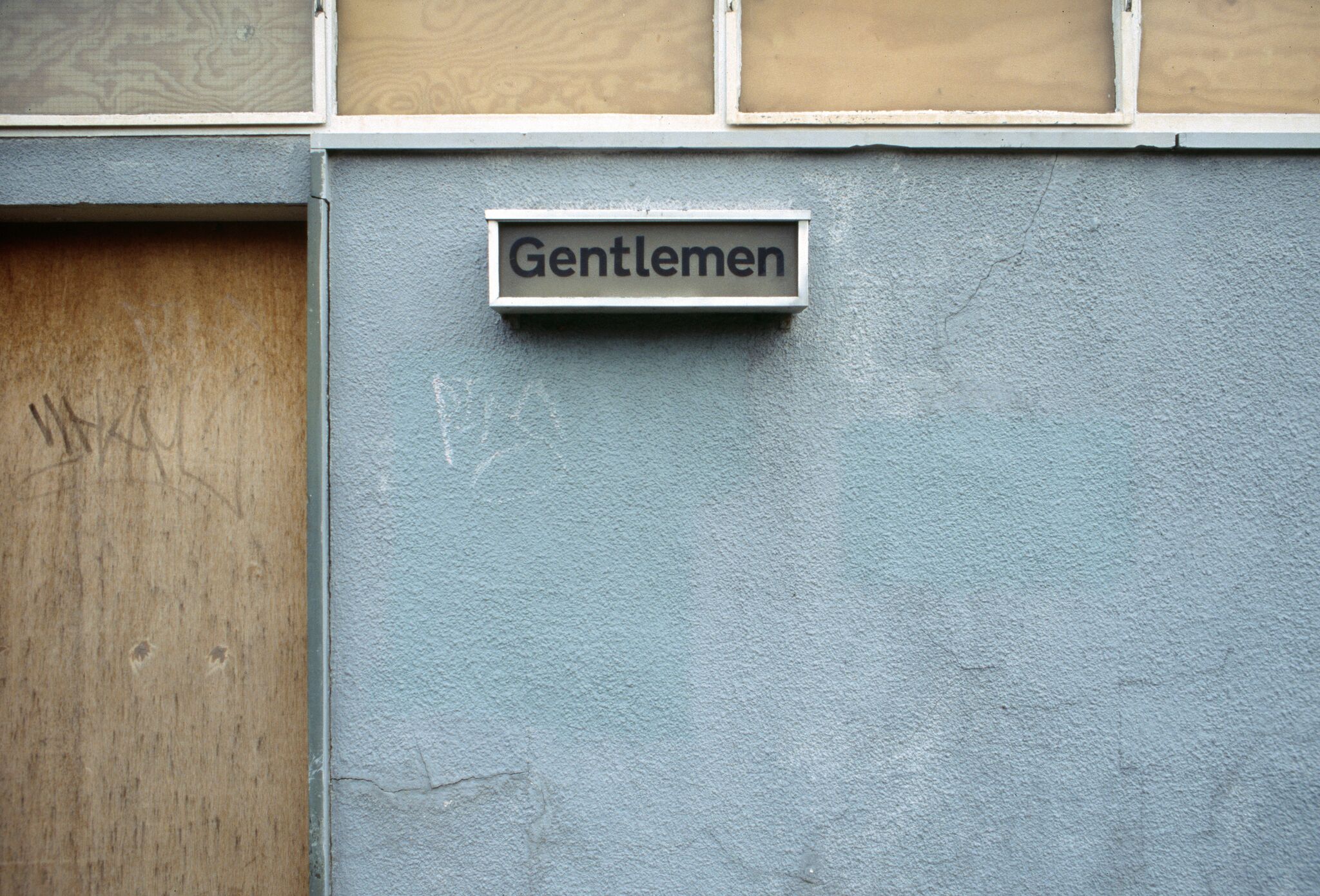The Welcome Chorus at Turner Contemporary, Margate
/Image © Yuri Suzuki / Pentagram
Preview by Sara Bellini:
Yuri Suzuki is a Margate-based sound artist, designer and musician that uses sound to examine the relationship between people and their environment. As part of the festival Margate NOW, he was commissioned by Turner Contemporary, in collaboration with Kent Libraries, to create an interactive installation that will be activated for the duration of the Turner Prize opening on 27 September.
The Welcome Chorus features twelve horns, representing the twelve districts of Kent and paying homage to the etymology of the county’s name: the Brythonic word ‘kantos’, meaning horn or hook. Twelve libraries all over Kent offered workshops open to everyone that gave the participants the possibility to record lyrics based on the different sides of their Kentish experience, encompassing history to landscape to migration. The recordings were processed by an AI software and will be reproduced by the horns installed at Turner Contemporary. The AI technology will be active throughout the exhibition to record the visitors’ voices, expand its own database and interactively change the installation itself.
Turner Contemporary is also hosting another exhibition focused on Kent, belonging and identity. Barbara Walker has been artist in residence since April 2019 and from September until the following April she will present her artwork Place, Space and Who, featuring portraits and sound recordings centred on five women from the African Diaspora living in the Margate area. Barbara Walker’s works are the product of her experience growing up in the Black community in Birmingham and try to address the questions of race, gender, class, identity, belonging and (mis)representation.
The Welcome Chorus
28 September 2019 - 12 January 2020
Turner Contemporary, Margate (Google Maps)
Turner Contemporary Website




















